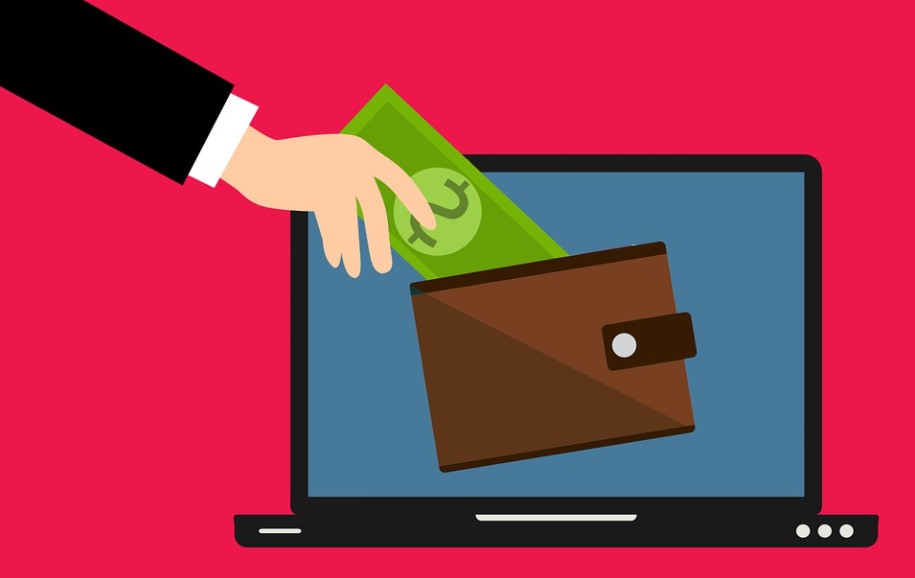Image Source: https://pixabay.com/illustrations/electronic-wallet-laptop-money-4433604/
Digital payments, also known as electronic payments, involve transferring money from one account using a digital device like a mobile phone, POS, or computer. It includes payments done with credit and debit cards, bank transfers, and mobile money. Through their efficiency and speed, digital payments save costs. Since the transactions are traceable and can be accounted for, transparency and security are enhanced, reducing theft and corruption.
Payment digitization has made payment methods easy, quick, convenient, and secure, boosting customer experience. Digital payment methods also streamline the payment process, improving productivity and growing revenue. Here are the top digital payment trends in 2022.
1. Contactless payments
Contactless payments allow consumers to purchase goods and services using their debit or credit cards. This form of payment utilizes radio frequency identification (RFID) and near-field communication (NFC) to communicate with readers. These payments operate through mobile apps, cards, or digital wallets.
Provided you have a contactless-enabled scanner card, your contactless-enabled card or mobile app can automatically complete a transaction if held close to the reader. Based on your country of origin or bank, there may be a limit on how much you can spend per transaction through the contactless payment method.
2. Biometrics payments
Biometric payment is a point-of-sale technology that relies on biometric authentication for user identification to authorize funds deduction from a bank account. It’s based-on finger scanning and mainly uses two-factor authentication where a finger scan occurs instead of a card swipe, and you only type in a PIN. Biometric payments enhance end-user security, ensure speed transactions, eliminate the need to carry cash, credit, or debit cards, and offer low-cost transactions compared to standard card charge fees.
3. Mobile point of sale
Mobile point of sale (mPOS) eliminates the need for in-store and brick-and-mortar payments, making it easy for you to accept payments from your clients seamlessly. It also streamlines the store payment process and replaces the central checkout points with sales personnel equipped with mobile point of sale services. mPOS increases the number of sales while ensuring quality service.
Using the data collected on a mPOS, managers can generate insights and optimize decision making. It’s ideal for collecting customer data, reducing wait times, boosting customer service, and streamlining processes.
4. Integrated payments
Integrated payments allow for the seamless working together of manual, time-consuming accounting and payment processes. When you automate payment acceptance, an integrated payment solution enables your merchants to directly accept credit card payments within an existing software, saving time and eliminating human error from data entry. Besides improving accuracy, integrated payments give you greater visibility into your finances, ensuring better forecasting. It also allows you to identify new opportunities so you can scale up and boost your marketing efforts.
5. Peer to peer (P2P) payments
Also known as P2P payments, peer-to-peer payments allow for a funds transfer between two parties using their banking accounts or credit cards through a mobile app or online, making bill splitting with family and friends painless. Some of the payment services you can use are PayPal, Google pay, Venmo, and Zelle.
Endnote
Digital payments enhance self-service and payment of invoices from anywhere, enhancing convenience and accessibility. The transactions are more secure and easily traceable, eliminating ambiguity and confusion when tracking payments. Consider embracing the above digital payment trends to streamline your payment process.

